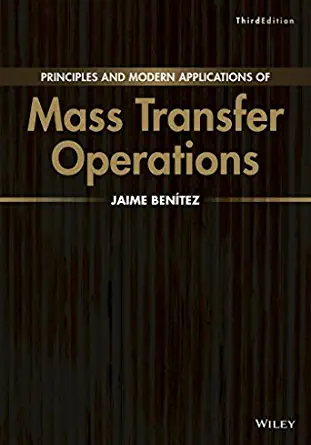Answered step by step
Verified Expert Solution
Question
1 Approved Answer
please help solve all parts PLEASE This is for my evironmental engineering class I started and solved part A but could not figure out b
please help solve all parts PLEASE
This is for my evironmental engineering class 

I started and solved part A but could not figure out b and c.
This is my work for when i started it

help solve parts b and c please
Step by Step Solution
There are 3 Steps involved in it
Step: 1

Get Instant Access to Expert-Tailored Solutions
See step-by-step solutions with expert insights and AI powered tools for academic success
Step: 2

Step: 3

Ace Your Homework with AI
Get the answers you need in no time with our AI-driven, step-by-step assistance
Get Started


